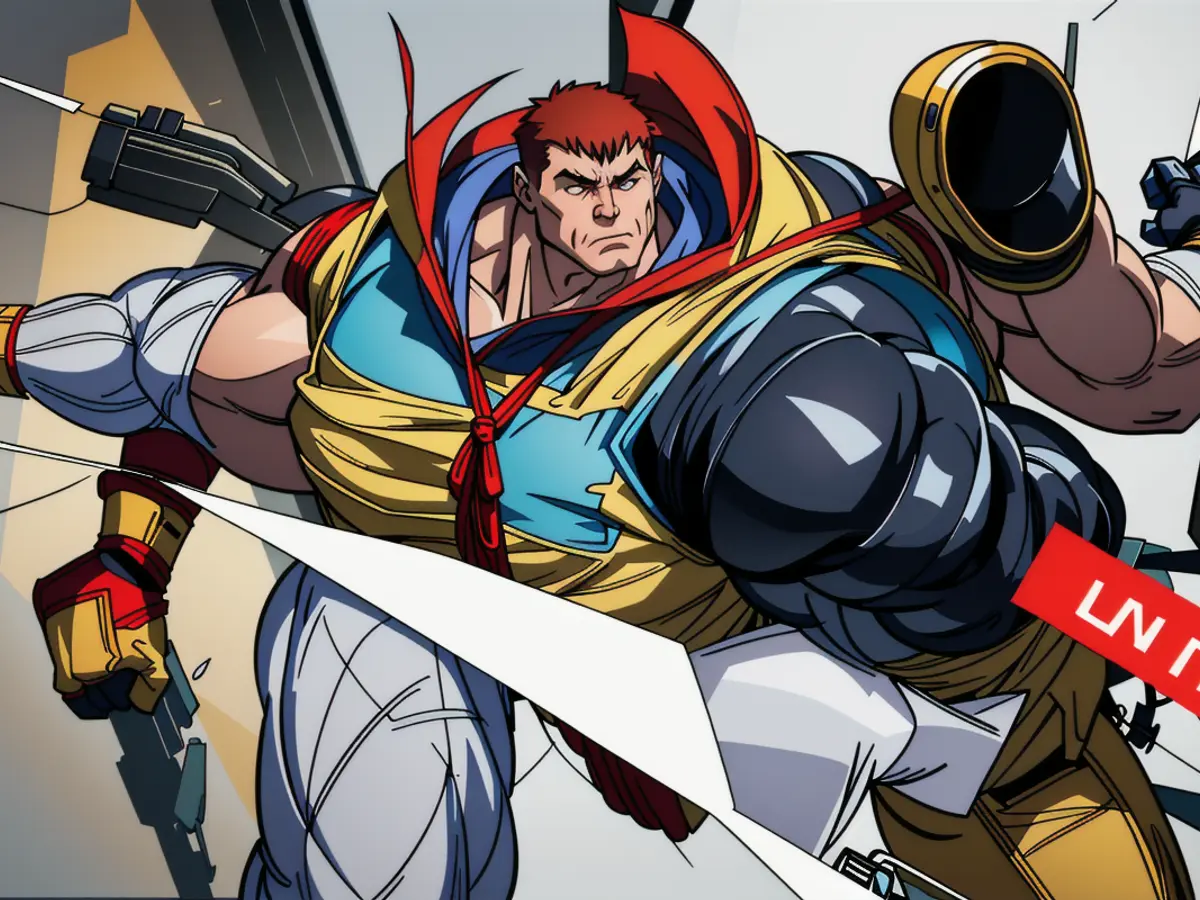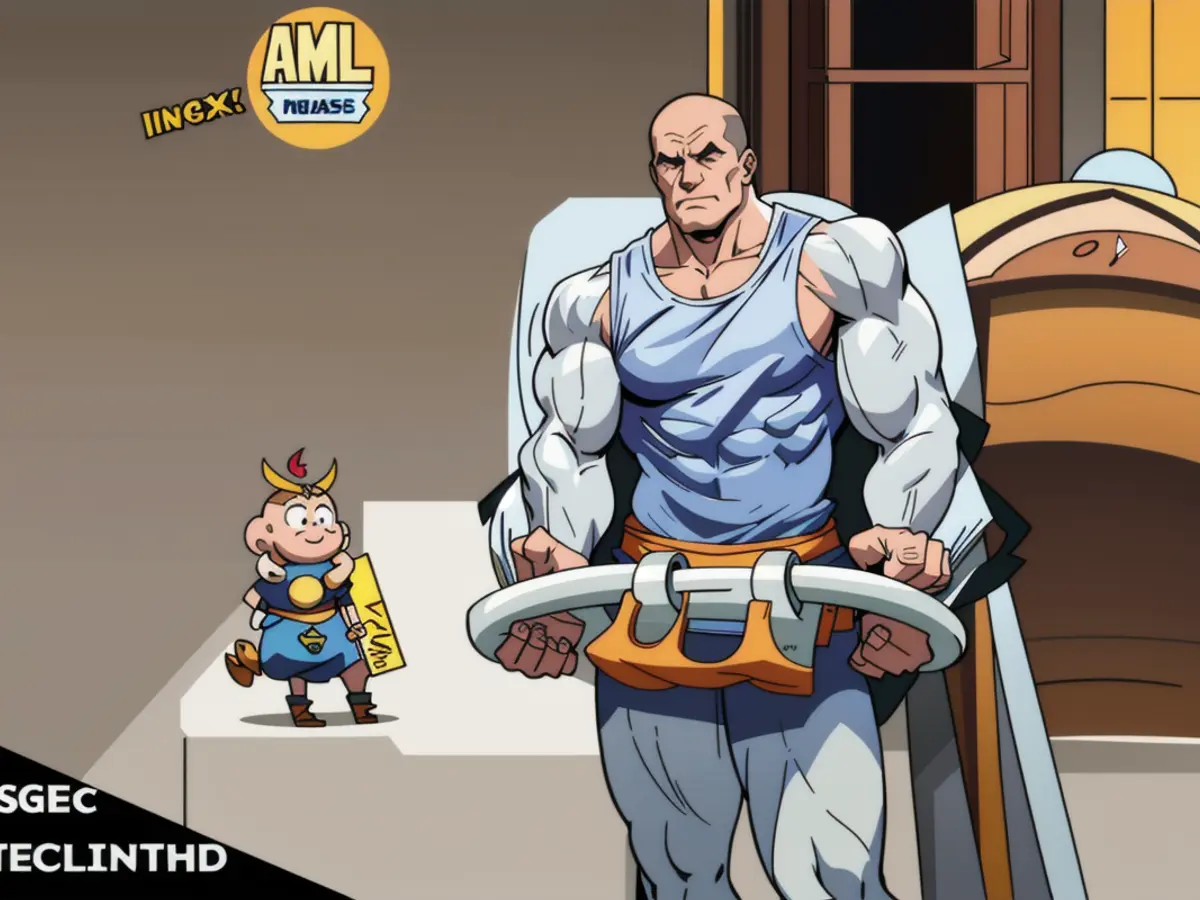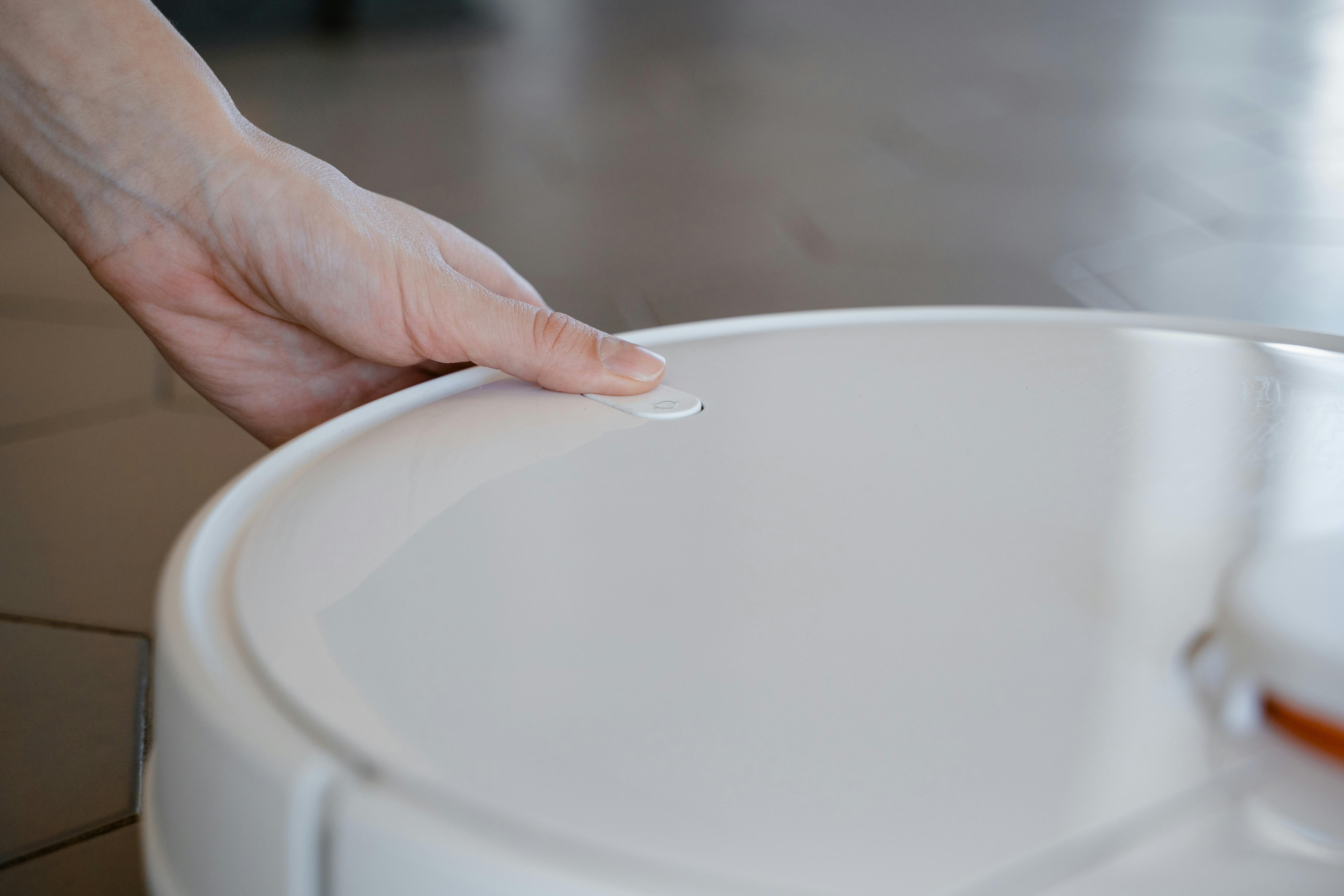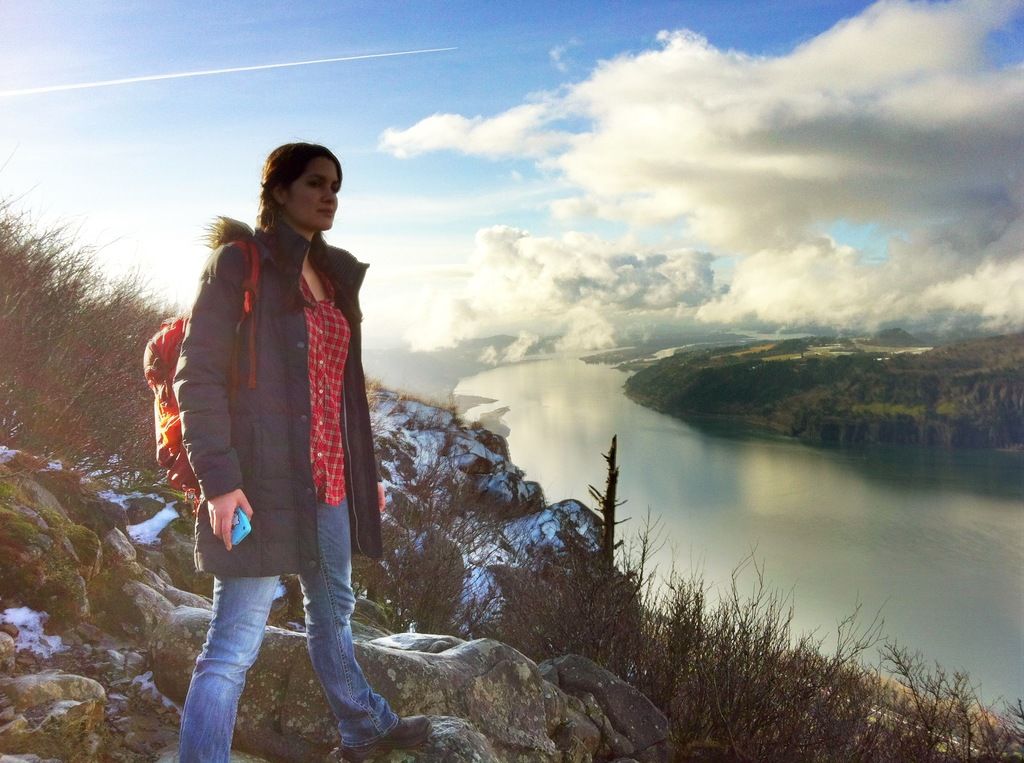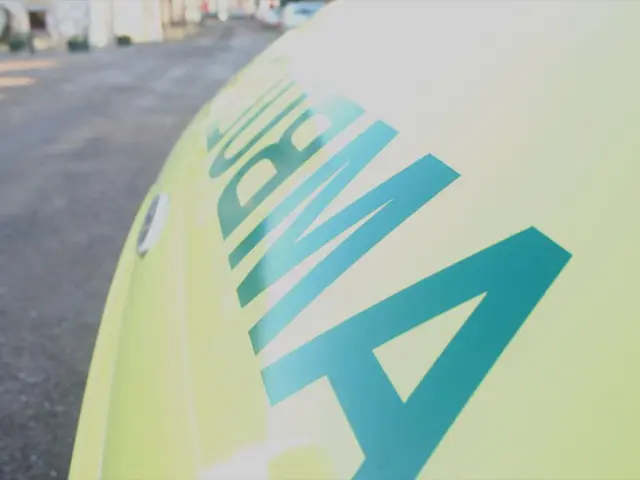Elon Musk's Tesla Robot Debacle and the New Era of Transparency in Robotics
Technology Firms Attempt to Allay Public Concerns Regarding Authenticity Following Elon Musk's Debatable Showcase
In the realm of robotics, Elon Musk found himself at the butt of internet jokes when Tesla's Optimus demo, as glamorous as it seemed, wasn't all that it appeared to be. It was discovered that Musk's promo video, showcasing Optimus' movements, involved a human slightly off-screen controlling the humanoid robot through a technique known as "teleoperation." This revelation has prompted robot manufacturers to include assurances in their videos ensuring they aren't pulling the same deceptive trick.
To provide some context, Musk had been hyping up Optimus for quite some time, promising a fantastic new robot that customers would actually buy in stores. He debuted his robot back in 2021, but it was just someone dressed in a robot costume. Musk's videos of Optimus were underwhelming with each passing day. And the icing on the cake came in January when Musk posted a video of Optimus folding a shirt, and eagle-eyed viewers spotted a hand that kept slipping into frame, indicating that the robot was not acting on its own.
Teleoperation, a technique used in robotics since the 1940s, involves a person moving their own hand, and the robot mimicking the movement. While a cool mid-20th-century tech trick, it is far from the autonomous and futuristic robot movements that we expect in the 21st century.
Fast forward to today, and robot companies are now including notices in their demo videos to clarify that their machines are operating autonomously without the help of an invisible human hand.
A recent example is a video from Chinese robot maker Astribot, showing the Astribot S1 performing various tasks, including pouring a glass of wine, ironing a shirt, and even pulling a tablecloth from underneath a stack of wine glasses. Astribot made sure to include a notice in the video's lower left-hand corner reading, "no teleoperation."
This new trend isn't limited to Astribot. The robot company Figure, which uses OpenAI software for its vision software, recently clarified that it wasn't using teleoperation in a demo released in March. Likewise, Canadian robotics company Sanctuary AI also reassured viewers that its robot was "autonomous" in a video released in April.
Although Musk has a long way to go to catch up to the innovative robot companies like Boston Dynamics, he has inadvertently contributed to increased transparency in the robotics space. Transparency is essential for public trust in an ever-evolving industry dominated by AI and robotics. It's better to be truthful about robots like the one that made an appearance dressed in a human-sized robot costume than to risk losing people's trust down the line.
Musk has set a precedent for transparency in demo videos, ensuring that everyone knows whether the robot they're watching is being controlled by a human or not. Now all players in the industry have some catching up to do if they haven't already.
[1] Improving remote bimanual robot teleoperation through tight force control and haptic feedback[2] Collaborative Robotics: State of the Art, Challenges, and Future Directions[3] Micro-factories: The Future of Manufacturing[4] AI-driven Advances in Robotics at NVIDIA GTC 2022
- Despite the criticisms, Elon Musk probably knew that using teleoperation in his Tesla Robot demo would be underwhelming compared to the independent, futuristic movements we hope to see in tech and robotics in the upcoming years.
- In the future, it is likely that robot manufacturers, both big and small, will probably know the importance of transparency when presenting their technological advancements, especially in the realm of robotic demonstrations.
- Robot engineers might find the recent trend of clarifying the absence of teleoperation in demo videos to be a stepping stone towards greater transparency and trust-building in the technology industry.
- As the demand for more advanced technology and robots continues to grow, tweet embeds and social media posts chronicling these developments may serve as valuable resources for staying updated on the latest truths and innovations in the tech and robotics fields.
